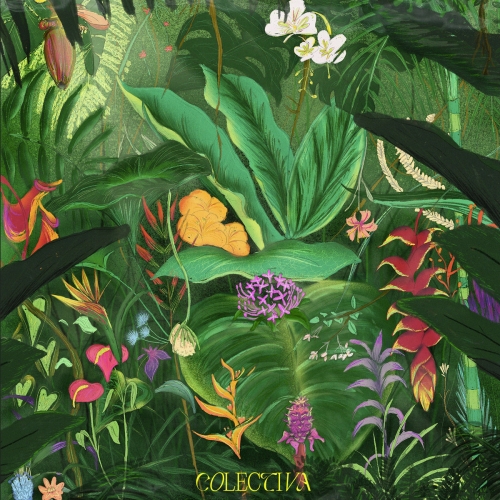Philippe Jaroussky & Artaserse - Gelosia! - Italian Cantatas (2025) [Hi-Res]
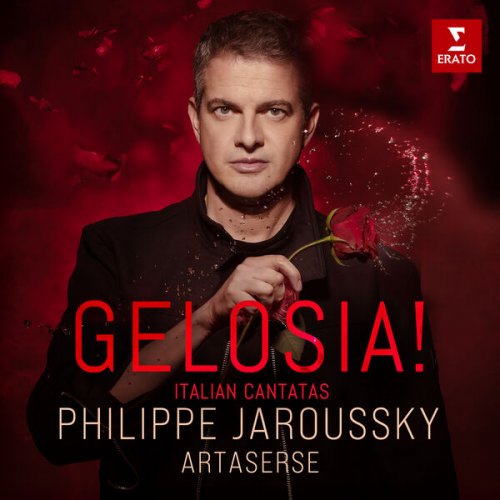
Artist: Philippe Jaroussky, Artaserse
Title: Gelosia! - Italian Cantatas
Year Of Release: 2025
Label: Warner Classics
Genre: Classical
Quality: FLAC (tracks) / 24bit-96kHz FLAC (tracks)
Total Time: 01:10:48
Total Size: 370 MB / 1.29 GB
WebSite: Album Preview
Tracklist:Title: Gelosia! - Italian Cantatas
Year Of Release: 2025
Label: Warner Classics
Genre: Classical
Quality: FLAC (tracks) / 24bit-96kHz FLAC (tracks)
Total Time: 01:10:48
Total Size: 370 MB / 1.29 GB
WebSite: Album Preview
1. Ombre tacite e sole: I. Recitativo accompagnato. "Ombre tacite e sole" (2:35)
2. Ombre tacite e sole: II. Aria. "Con piede errante e lasso" (5:17)
3. Ombre tacite e sole: III. Recitativo. "Qui, tra tenebre oscure" (1:42)
4. Ombre tacite e sole: IV. Aria. "Allor d’intorno a te" (5:57)
5. Cessate, omai cessate, RV 684: I. Largo e sciolto. "Cessate, omai cessate" (1:54)
6. Cessate, omai cessate, RV 684: II. Larghetto. "Ah ch'infelice sempre" (5:28)
7. Cessate, omai cessate, RV 684: III. Andante e pianissimo. "A voi dunque ricorro, orridi spechi" (1:15)
8. Cessate, omai cessate, RV 684: IV. Allegro. "Nell'orrido albergo, ricetto di pene" (3:33)
9. Perdono, amata Nice "La gelosia": I. Sinfonia. Allegro (1:00)
10. Perdono, amata Nice "La gelosia": II. Recitativo. "Perdono, amata Nice" (1:16)
11. Perdono, amata Nice "La gelosia": III. Aria. "Bei labbri, che Amore formò per suo nido" (8:21)
12. Perdono, amata Nice "La gelosia": IV. Recitativo. "Son reo, non mi difendo" (2:29)
13. Perdono, amata Nice "La gelosia": V. Aria. "Giura il nocchier, che al mare" (4:43)
14. Mi palpita il cor, HWV 132c: I. Recitativo. "Mi palpita il cor" (0:35)
15. Mi palpita il cor, HWV 132c: II. Arioso. "Agitata è l’alma mia" (0:38)
16. Mi palpita il cor, HWV 132c: III. Recitativo. "Tormento e gelosia" (0:46)
17. Mi palpita il cor, HWV 132c: IV. Aria. "Ho tanti affanni in petto" (7:09)
18. Mi palpita il cor, HWV 132c: V. Recitativo. "Clori, di te mi lagno" (0:54)
19. Mi palpita il cor, HWV 132c: VI. Aria. "Se un dì m’adora la mia crudele" (3:06)
20. La gelosia: I. Recitativo accompagnato. "Perdono amata Nice" (1:26)
21. La gelosia: II. Aria. "Bei labbri, che Amore formò per suo nido" (3:48)
22. La gelosia: III. Recitativo accompagnato. "Son reo, non mi difendo" (2:43)
23. La gelosia: IV. Aria. "Giura il nocchier" (4:23)
Gelosia! (Jealousy!), Philippe Jaroussky’s latest project with the instrumentalists of Artaserse, takes its dramatic name from two solo cantatas receiving world premiere recordings. Programmed beside cantatas by Vivaldi, Handel and Alessandro Scarlatti, they are by the Neapolitan Nicola Porpora (1686-1768) and the Venetian Baldassare Galuppi (1706-1785). Though composed some 35 years apart, both cantatas set the same text, ‘La Gelosia’, written by the prolific Pietro Metastasio.
“The cantata da camera or secular cantata, was an incredibly popular genre in the 18th century,” explains Philippe Jaroussky. “Written for a solo singer, it often portrays a man or woman going through the torments of love and depicts the character’s various states of mind … On this album we have focused on cantatas written with a string accompaniment [rather than simply for singer and basso continuo] … Cantatas of this kind often served as a laboratory for new ideas and, I believe, as a kind of personal diary for composers. Being away from opera, with its more academic demands, they could write as they wanted, completely free to express their feelings.”
When Jaroussky recorded an album of arias by Porpora as a tribute to the castrato Farinelli – the composer’s singing pupil – the Times wrote: “I’d be surprised if Farinelli’s voice was any more astonishing than the countertenor Philippe Jaroussky …” Now the singer provides some insights into both Porpora’s and Galuppi’s settings of ‘La Gelosia’.
“In Porpora’s setting, composed in 1746, there is a compact instrumental overture, which signals the cantata’s status as a work that stands as an independent entity. Porpora is at his best in accompanied recitative – this becomes clear as the protagonist expresses his regret at daring to doubt the fidelity of his mistress. He swears he will no longer be jealous, but then, in the second recitative, he reverts to form as he remembers how she blushed when she saw another man ... Porpora’s writing is very much in the galant style, characterised by florid sequences of triplets and an abundance of accents and trills. The final aria reflects the text wonderfully ... In its first section the instruments depict the sea, and in the central section they evoke the trumpets of war.
“Galuppi’s version of ‘La Gelosia’, which dates from 1782, adopts a notably different, Classical style, more concise and full of elegant detail. It moves away from florid writing and instead concentrates on textual inflections. The adagio ending of the second recitative somehow reminds me of ‘Quando corpus morietur’ from Pergolesi’s Stabat mater.”
If the ‘jealousy’ cantatas by Porpora and Galuppi represent a new discovery, Jaroussky has given frequent performances of the works by Vivaldi (‘Cessate, omai cessate’), Handel (‘Mi palpita il cor’) and Alessandro Scarlatti (‘Ombre tacite e sole’). He describes Scarlatti as “the unquestioned master” of the cantata da camera, praising ‘Cessate, omai cessate’ (dating from 1716) as “full of adventurous harmonies and haunting melodic charm”, and noting the composer’s musical evocations of splashing water, howling beasts and slithering serpents! “An absolute masterpiece among Italian cantatas”, is Jaroussky’s verdict on Vivaldi’s ‘Cessate, omai cessate’, composed around 1735. The composer’s distinctive writing for strings echoes and amplifies the emotions of the protagonist, which shift from quiet depair to raging torment. Handel’s ‘Mi palpita il cor’ was written shortly after the young composer’s extended stay in Italy in the early years of the 18th century. Its first aria includes “a sublime and very sensuous dialogue between the voice and a flute,” and, in its opening recitative, the only instance of the word ‘gelosia’ in any of the five cantatas on the album.
“The cantata da camera or secular cantata, was an incredibly popular genre in the 18th century,” explains Philippe Jaroussky. “Written for a solo singer, it often portrays a man or woman going through the torments of love and depicts the character’s various states of mind … On this album we have focused on cantatas written with a string accompaniment [rather than simply for singer and basso continuo] … Cantatas of this kind often served as a laboratory for new ideas and, I believe, as a kind of personal diary for composers. Being away from opera, with its more academic demands, they could write as they wanted, completely free to express their feelings.”
When Jaroussky recorded an album of arias by Porpora as a tribute to the castrato Farinelli – the composer’s singing pupil – the Times wrote: “I’d be surprised if Farinelli’s voice was any more astonishing than the countertenor Philippe Jaroussky …” Now the singer provides some insights into both Porpora’s and Galuppi’s settings of ‘La Gelosia’.
“In Porpora’s setting, composed in 1746, there is a compact instrumental overture, which signals the cantata’s status as a work that stands as an independent entity. Porpora is at his best in accompanied recitative – this becomes clear as the protagonist expresses his regret at daring to doubt the fidelity of his mistress. He swears he will no longer be jealous, but then, in the second recitative, he reverts to form as he remembers how she blushed when she saw another man ... Porpora’s writing is very much in the galant style, characterised by florid sequences of triplets and an abundance of accents and trills. The final aria reflects the text wonderfully ... In its first section the instruments depict the sea, and in the central section they evoke the trumpets of war.
“Galuppi’s version of ‘La Gelosia’, which dates from 1782, adopts a notably different, Classical style, more concise and full of elegant detail. It moves away from florid writing and instead concentrates on textual inflections. The adagio ending of the second recitative somehow reminds me of ‘Quando corpus morietur’ from Pergolesi’s Stabat mater.”
If the ‘jealousy’ cantatas by Porpora and Galuppi represent a new discovery, Jaroussky has given frequent performances of the works by Vivaldi (‘Cessate, omai cessate’), Handel (‘Mi palpita il cor’) and Alessandro Scarlatti (‘Ombre tacite e sole’). He describes Scarlatti as “the unquestioned master” of the cantata da camera, praising ‘Cessate, omai cessate’ (dating from 1716) as “full of adventurous harmonies and haunting melodic charm”, and noting the composer’s musical evocations of splashing water, howling beasts and slithering serpents! “An absolute masterpiece among Italian cantatas”, is Jaroussky’s verdict on Vivaldi’s ‘Cessate, omai cessate’, composed around 1735. The composer’s distinctive writing for strings echoes and amplifies the emotions of the protagonist, which shift from quiet depair to raging torment. Handel’s ‘Mi palpita il cor’ was written shortly after the young composer’s extended stay in Italy in the early years of the 18th century. Its first aria includes “a sublime and very sensuous dialogue between the voice and a flute,” and, in its opening recitative, the only instance of the word ‘gelosia’ in any of the five cantatas on the album.
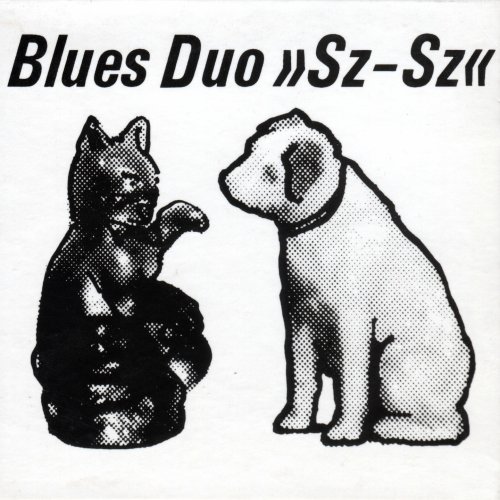
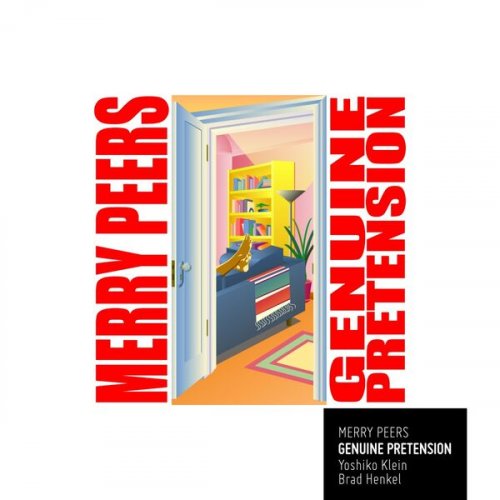
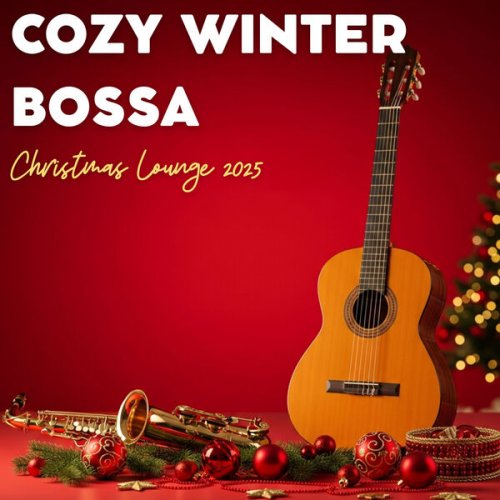
![Cornelius Claudio Kreusch - Scoop (2025) [Hi-Res] Cornelius Claudio Kreusch - Scoop (2025) [Hi-Res]](https://www.dibpic.com/uploads/posts/2025-12/1765893706_folder.jpg)
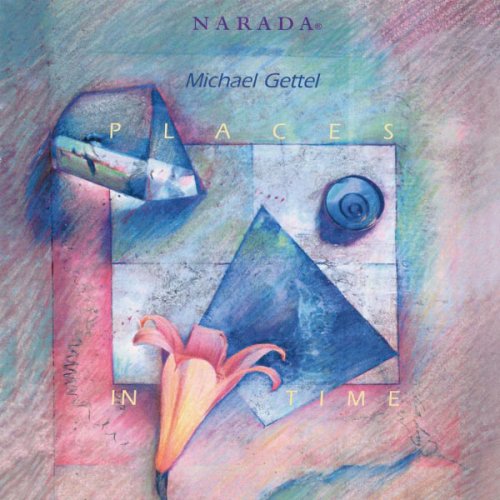
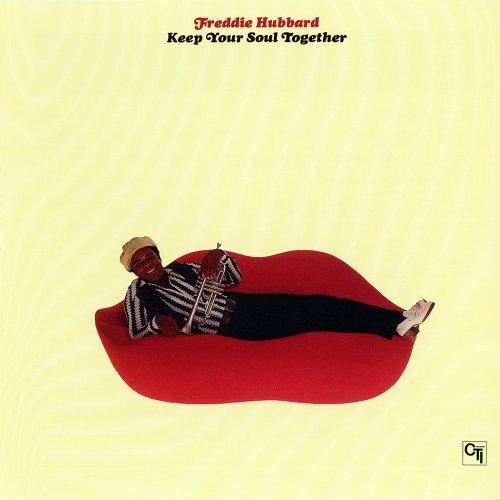

![RAS - Rød i Blå (2025) [Hi-Res] RAS - Rød i Blå (2025) [Hi-Res]](https://www.dibpic.com/uploads/posts/2025-12/1765847447_s09xuo23tcu1a_600.jpg)
